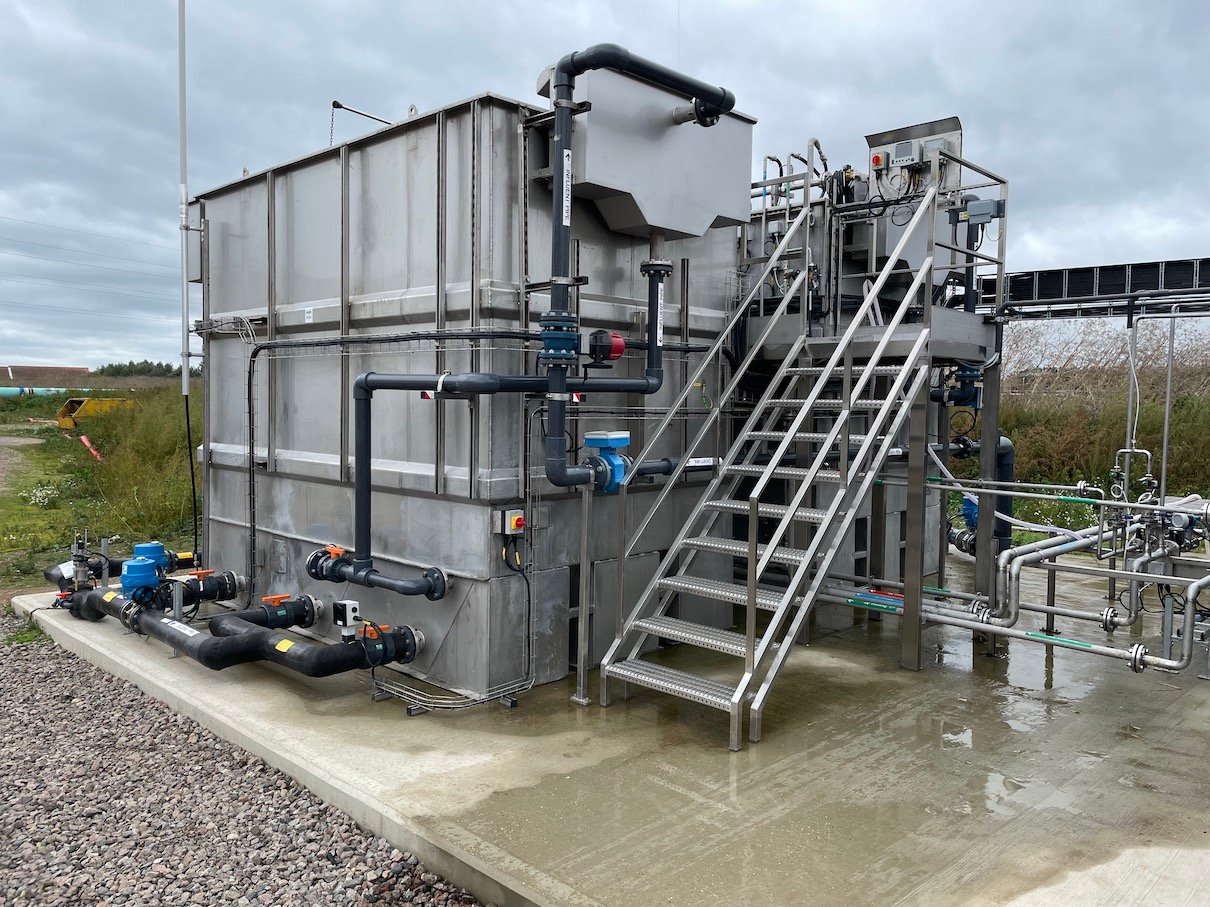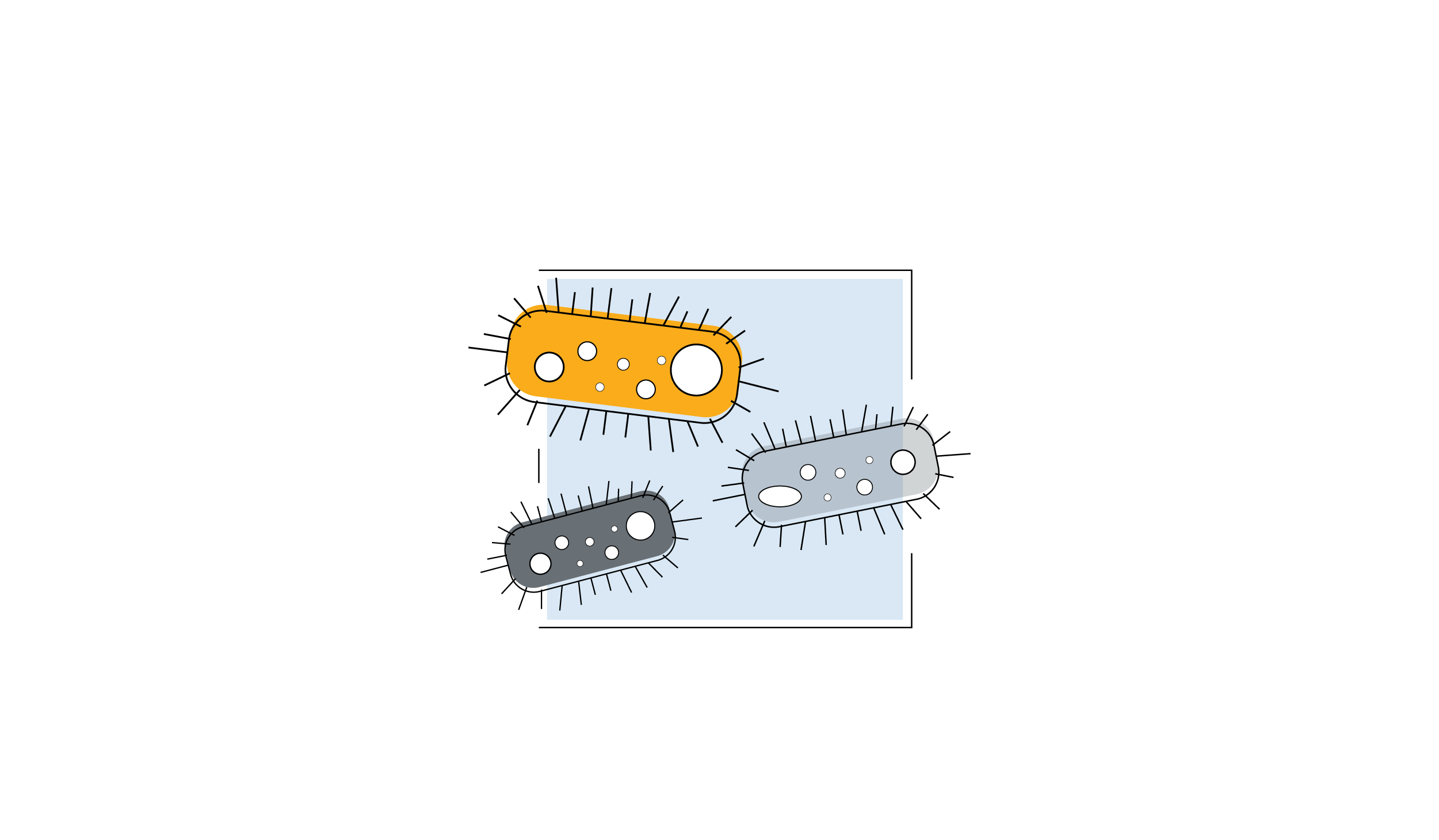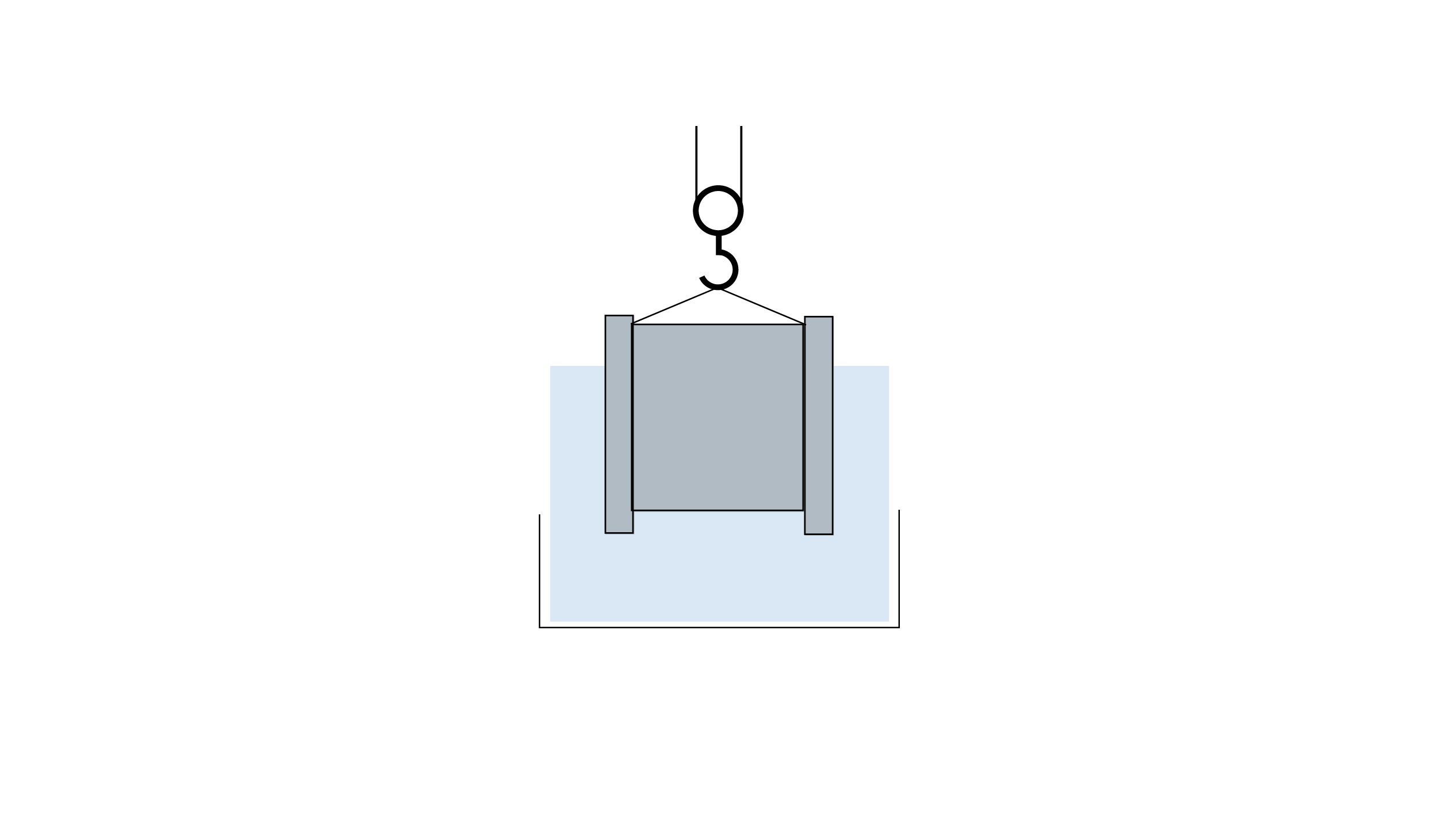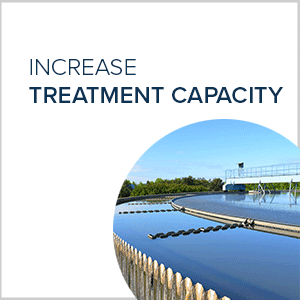How Better WasteWater Management Can Help Cities Like Cape Town
Cape Town is set in an amazing location nestled on the coast sitting under Table Mountain. With a population of 4 million, it is a popular tourist destination for those setting off up the Garden Route or looking for a city base before heading off to more rural areas. However, in recent years it is in the news as a result of the water shortages that have hit it. Cape Town has experienced a drought for the past 4 years and the situation is at crisis point. While Day Zero (the point at which the city administration turns off the taps) has been postponed until 2019, the prospects are still bleak with dams at 22% capacity, of which an estimated 10% is not fit for human consumption (the zero-day level is 13.5%).

Contributory Causes
The reasons for the crisis are numerous including:
- Environmental factors - climate change - 4-year drought/ insufficient rainfall
- Population growth
- Agricultural consumption - irrigation (On average countries use 70% of fresh water to grow food)
- Political mismanagement (failure to deal with a known issue until it was too late)
- Waste mismanagement
- Under investment in infrastructure
- Leakage
- Water theft (more common in countries like India)
The administration, like countless others, around the world have essentially buried their heads in the sand in recent years. After all, this eventuality was all too obvious and so easy to predict.
The Solutions
The set of solutions they have put in place are also numerous, with a particular focus on the ‘demand side’ as they look to influence consumption behaviour including:
- Creation of a dedicated policing unit - the ‘water police’ who can fine residents (tasked with issuing fines for anyone caught watering flowers, cleaning cars or filling swimming pools)
- Reduction in water pressure
- Rationing - restricting water consumption to 50L/ per day (EU average consumption rates are between 100L and 150L/ day)
- Behavioral changes as residents adapt e.g. reusing grey water, for example, to flush toilets, installing low flow shower heads, restaurants using paper plates etc
- Use of water restriction devices
- Fixing leaking pipes
- Use of social shaming e.g. Water Map showing households in breach
- Establishment of some additional permanent desalination plants
- Bore holes
- Private water tankers
The Outcome
They have definitely achieved their first goal of ensuring Day Zero did not arrive and have educated the inhabitants of the need to change behaviour. Consumption has been slashed from 1.2BN litres a day to 522M but there remains much to be done. In essence, they have outsourced the problem to the public viewing reduced water consumption as the primary means to address the issue. Of course, the knock-on effects are all too obvious. Firstly, it pits neighbour against neighbour as people are encouraged to report on breaches. Secondly, the cost of enforcement is pretty high, given how difficult it can be to actually catch someone in the act. But more significantly, their attention is focused in the wrong place. Humanity has prospered on the back of ingenuity, and once again the impact the ban will have is likely to fall short of what is needed to make a genuine impact.
Instead, they need to look at examples of how others have tackled the problem:
Singapore:
Singapore has a similar population with 5 million inhabitants, and a real water problem given their physical location (located at the tip of Malaysia). Water security is a strategic priority and they have focused on the infrastructure side with a particular focus on collecting rainwater and reusing grey water.
Professor Asit Biswas from the Lee Kuan School of Public Policy feels other countries should follow the example set by Singapore as they hope to eventually re-use every last drop of water.
"There are two major future challenges," he says. "First is how to make the water system less energy intensive and the second one is consumer behavior with respect to water." Source: CNN
Israel:
Israel has a population of 9 million and it’s water demand outstrips available conventional water resources. As a result, Israel relies on unconventional water resources, including reclaimed water and desalination for about half of its water supply. They also use technology to fix pipes with water loss through leakage estimated at less than 10%.
WasteWater Management
However, the reality is that an increasing number of countries around the world are already actively managing their water systems to prevent future drinking shortages. They are looking at technological solutions with these features:
- connect the low energy operational costs of treating wastewater with
- low footprint requirements of needed for that particular purpose infrastructure (land is an expensive commodity and will become even more so in the future)
These two characteristics of wastewater treatment in combination with a shift in consumption patterns as awareness grows could result in the changes necessary to resolve water shortage problems.
Unfortunately, not many technologies fit this profile. The aeration energy costs are still the main bill of the wastewater treatment facilities and the retrofitting of old Waste Water Treatment Plants is often stymied as the ‘available space issue’ stops any developments.
However, innovative solutions like OxyMem MABR can meet these characteristics by offering a zero footprint, low energy consumption solution e.g. a biological iFAS style MABR. Energy savings come from bubble-less aeration and the increased treatment capacity and zero footprint advantage is ensured by the biofilm technology, which co-exists and adds its treatment abilities to the vastly existing Activated Sludge systems.
Summary
The UN predicts that by 2025 as much as ⅔ of the world’s population could be living under stressed water conditions. Focusing primarily on the demand side neglects the reality that the issue is much broader than just changing the behaviour of residents. Instead, there needs to be a recognition that investment in infrastructure needs to happen to ensure a more holistic set of actions. Undertaking an assessment of the actual infrastructure from tank to households will likely yield additional areas to focus on. The good news is that technological innovations like MABR can contribute to solving the problem in a highly cost effective manner, that does not require additional footprint.






